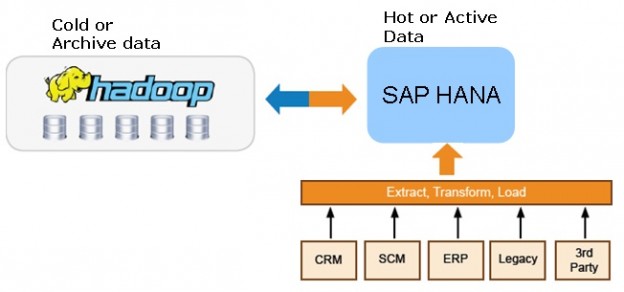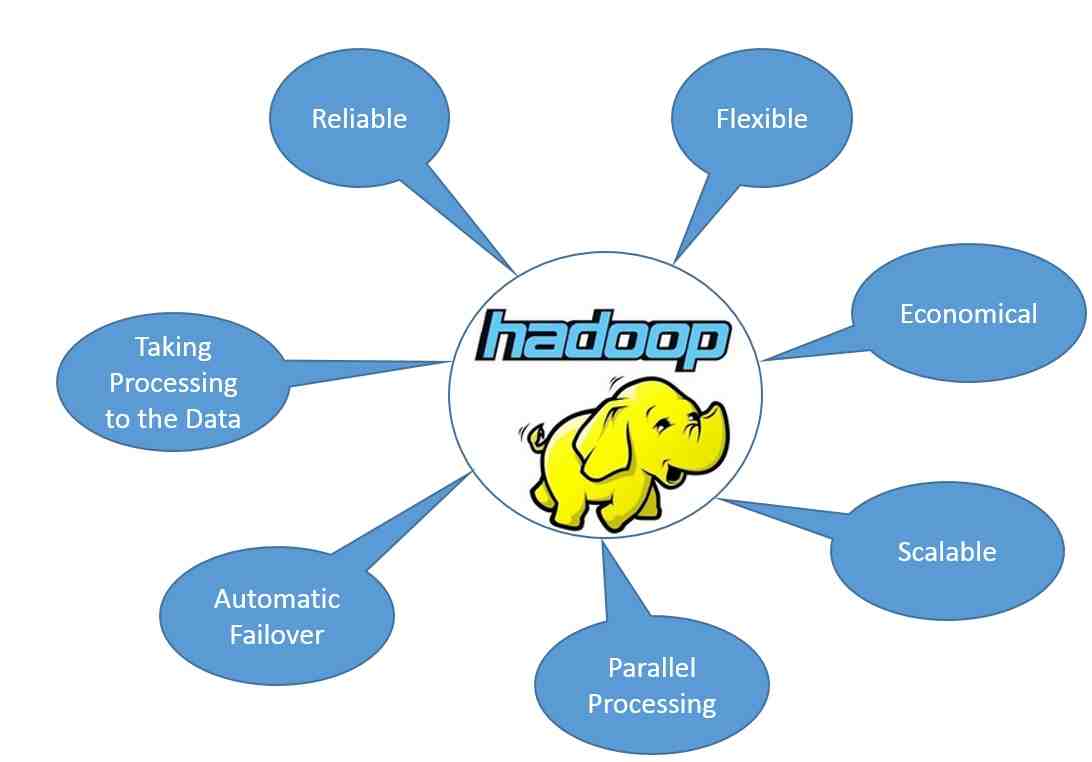Table of Content
Businesses today are consuming a phenomenal amount of data. This constant stream of data flowing in can affect system performance and needs to be managed effectively. Big Data if managed effectively can be used to make strategic business decisions and drive value in the final business offering. Hence, it has become integral for businesses to have a successful Data Archiving strategy in place.
What Data Archiving essentially does is it moves static data out of online systems into low-cost storage options like Hadoop. This eases the load on the system in use and still provides access to archived historical data as and when required by securely storing it away. With archiving, data can be purged to make room for new useful data.
Data Archiving means deleting the huge volumes of the data that is no longer required in the database to some file system or any third party storage system. It is also a service provided by SAP for the consistent removal of data objects from database tables of the SAP database, where all table entries that characterize a data object are written to an archive file outside the database.
Benefits of Data Archiving
- Reduces the costs of memory, disk and administration costs.
- Ensures cost efficient system upgrades and migration.
- Improved system performance due to shorter response time.
- Reduces the maintenance cost of application infrastructure.
SAP Data Archiving involves three main steps:
- Creating the archive files. In this step, a new archive file is created and the data that is to be archived is sequentially written into it.
- Running the delete programs. In this step, the delete programs are executed, which deletes the data from the SAP R/3 database once the archived data is read successfully from the source files. The delete programs can be triggered manually or automatically.
- Storing the archive files. Here, the archive file with the archived data is moved to the third party storage system or copied to disk, etc. This can also be triggered manually or automatically.
Dynamic Menu
A list of transaction codes along-with the short description required for SAP Archiving can be found in the dynamic menu. Go to transaction SDMO and enter search for the text as ‘Archive’.
Archiving Object
Archiving Object is the central component of Sap Data Archiving. Archiving Object specifies which data is to be archived, and how. An Archiving Object directs the SAP Archiving system to get the correct tables associated with a specific Business Object. The Archiving Object name can be ten characters in length. Archiving objects are defined by the transaction AOBJ.
The predominant advantages of archiving your SAP system’s data are as follows:
- Cost savings: By purging static data, the system space can be freed up, which improves efficiency as well as reduces operating costs significantly.
- Performance: Data volume can affect the performance of the system. With real-time information, the system can be kept agile and seamless access can still be provided to archived data.
- Compliance: Data management is important because more data means more compliance risks. By purging data with archiving, new (valuable) data can come into the system.
Hadoop – A Viable Data Archiving Platform For SAP
Hadoop is not just a super-sized database. Hadoop’s basic storage structure is a distributed file system called HDFS (Hadoop Distributed File System). Since Hadoop is fundamentally a distributed file storage system, it can replace other data archiving and/or data storage solutions cost effectively. One of the things that set Hadoop apart is its ability to process different types of data.
- Low cost storage: Unlike traditional relational database management systems, Hadoop can easily handle large volumes of data at much lower costs for long term storage. The data is stored online and can be accessed as and when necessary.
- Improved performance: Hadoop is user-friendly and comes with good levels of data protection and recovery capabilities as well as processing speed with MapReduce.
- Data clusters: In Hadoop, there is direct access to data clusters, and this high availability has its own business edge. Hadoop clusters can work with complex data, are scalable as well as tolerant to failure.
Hadoop in tandem with SAP makes it easy to handle large data sets in a flexible and scalable manner. Businesses exploding with data can utilize data archiving platforms like Hadoop to securely manage the data load. Hadoop can analyze more information to support better decision making, and it can make information more valuable by analyzing it in real time. With a CAGR of 59% by 2020, Hadoop offers immense potential as a platform for handling Big Data deployments.
Implementing a successful data archiving should be a regularly exercised best practice for organizations to achieve optimization of both cost and performance. Offering the best of volume, velocity and variety, Hadoop is a comprehensive data management platform. To keep business agile, SAP Data Archiving with Hadoop makes perfect business sense!






 Live Chat
Live Chat

I appreciate your hard work for this wonderful content and information. I found this website eventually. Really good inoperative, Thanks for the post and effort! Please keep sharing more such blogs.
I love your blog, My all queries are solve by reading this blog.
Keep updating,Thanks